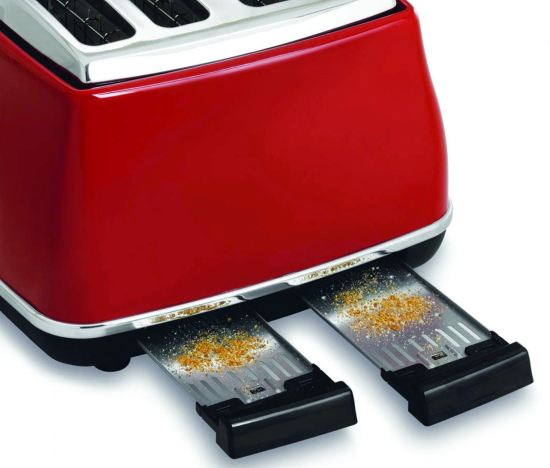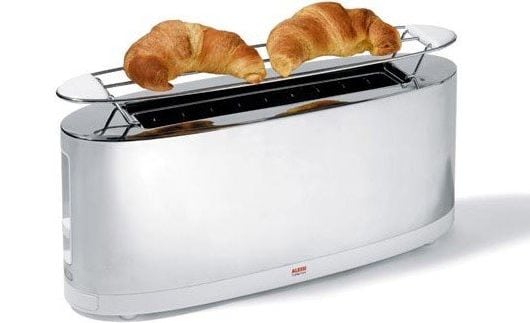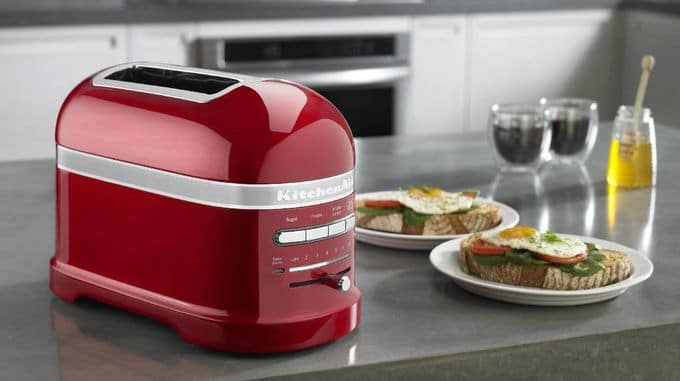The abundance of toasters on the market sometimes complicates the choice of the optimal model. Of course, the choice primarily depends on the price of the model and its functionality. Technical characteristics significantly affect the functionality of the model and, accordingly, the its choice. The modern toaster is a rather complex device and is characterized by a wide range of technical parameters.
Material, power and number of the slots
Modern models use plastic or metal, for eample, stainless steel or aluminum alloys.
Of course, plastic models have a lower price and weight, and a more diverse design. Unfortunately, high temperature may damage plastic over time.
It’s obvious that the metal housing is more reliable, durable and easily withstands high temperatures. But, of course, it’s more expensive and heavier.
Of course, power is one of the main parameters of the toaster and directly affects the toasting time. The power of modern toasters varies from 600 to 1600 W. Models with power from 800 to 1000 W are the most common. They are optimal for everyday toasting for average family.
Additionally, power depends on the number of toasting slots. Of course, models with several slots for simultaneously toasting four toasts should have a large enough power.
Of course, number of the slots affects the usability of model. Standard models for two toasts have one elongated or two short slots for placing the slices of bread. Models with one slot often have a narrow elongated shape.

Device for four toasts typically has two elongated or four short slots.

Such models consume more electricity and have more large dimensions.
Heating element, crumb tray and automatic centering
Most budget models use electric heating elements. They are fairly easy to maintain and easily replaced.
But today many models use quartz heating elements. They consume less electricity, more evenly distribute the heat and have high reliability. The high cost is their main drawback.
Most model have crumb tray. The toasting is accompanied by a large number of crumbs. Dry crumbs can provoke ignition. Therefore, the device should be cleaned regularly.
Cleaning the model without the crumb tray is complex and inconvenient. Of course, crumbs can be shaken out of the toaster in an inverted position. But this method can lead to its damage. Especially because bottom of some models use metal grating. In this case the crumbs are falling directly on the table top that also requires cleaning. But crumb tray at the bottom of device easily solves this problem.

Almost all modern models have an automatic centering. It eliminates scorching and provides a more uniform browning the bread slices on both sides regardless of their thickness.
This function is performed using a special mechanism that provides the identical distance between surfaces of bread and heating element regardless of the initial placement. This eliminates the dependence of the toasting degree from bread thickness.
Electronic control, non-stick coating and keep warm function
The electronic control provides selection of toasting temperature. It calculates the toasting duration, beeps at the end and switches off the toaster.
Toasters with electronic control have touch panel or an ordinary graded circular dial.
Compartment for electric cable simplifies the device storage.
Non-stick coating prevents the soot formation on the heating element surface.
Keep warm function use removable grate above the slots. It provides warming up of the buns and sandwiches with the help of hot air flow.

But more often it is implemented as a separate mode. Video demonstrates the work of such a model.
